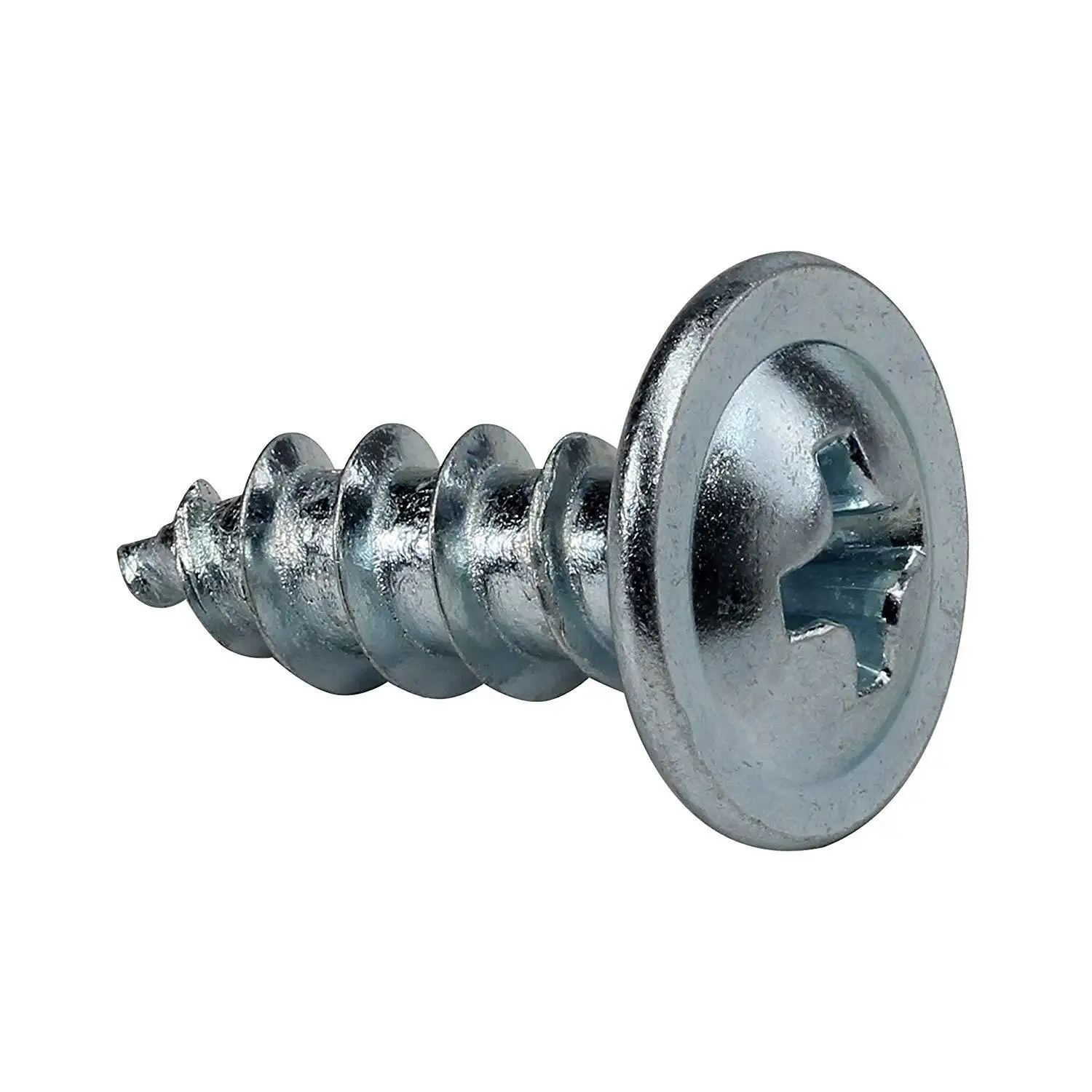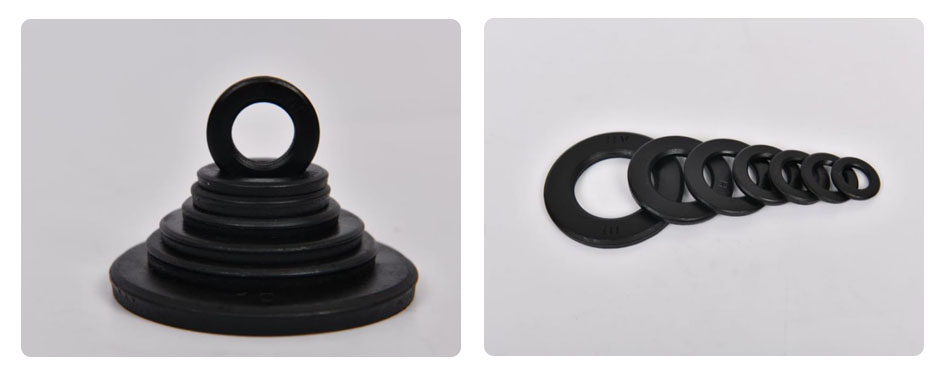1 月 . 20, 2025 04:14
Back to list
Different Head Of Self Drilling Screw With Wings
Choosing the right type of screw can make a significant difference in the durability and functionality of your project, whether you're a seasoned builder or a weekend DIY enthusiast. In the arena of construction and carpentry, two types regularly come into consideration drywall screws and wood screws. While they may seem somewhat interchangeable, understanding their specific uses, designs, and materials can profoundly influence the quality of your work.
Experience dictates that wood screws are the go-to option for woodworking projects, from assembling furniture and cabinetry to constructing wooden decks. They are built to withstand the natural expansion and contraction of wood due to environmental changes. Their design reduces the risk of material failure over time, allowing for the creation of joints that endure. Authority in product selection corresponds directly to knowledge of material sciences, mechanical stress, and application requirements. While both screw types can be driven manually or with a power tool, proper technique emphasizes the importance of pre-drilling pilot holes for wood screws to prevent splitting, a measure seldom needed with drywall screws due to their application on softer gypsum material. Trust is established not only in choosing the appropriate fastener but also in recognizing the consequences of their misuse. Committing drywall screws to wood connections can result in shearing and sudden failures, especially under load-bearing situations. Conversely, employing wood screws within drywall settings could compromise the drywall's integrity or lead to over-penetration and tearing. Ultimately, the decision between drywall screws and wood screws should pivot on the specific demands of your project. For drywall installations, rely on drywall screws for their efficiency and compatibility with gypsum boards. For any woodworking venture, wood screws offer optimized strength and long-term reliability, adhering to the natural movements and demands of wood material. An informed choice, rooted in the understanding of both the materials and the mechanical stresses at play, ensures project success and peace of mind.


Experience dictates that wood screws are the go-to option for woodworking projects, from assembling furniture and cabinetry to constructing wooden decks. They are built to withstand the natural expansion and contraction of wood due to environmental changes. Their design reduces the risk of material failure over time, allowing for the creation of joints that endure. Authority in product selection corresponds directly to knowledge of material sciences, mechanical stress, and application requirements. While both screw types can be driven manually or with a power tool, proper technique emphasizes the importance of pre-drilling pilot holes for wood screws to prevent splitting, a measure seldom needed with drywall screws due to their application on softer gypsum material. Trust is established not only in choosing the appropriate fastener but also in recognizing the consequences of their misuse. Committing drywall screws to wood connections can result in shearing and sudden failures, especially under load-bearing situations. Conversely, employing wood screws within drywall settings could compromise the drywall's integrity or lead to over-penetration and tearing. Ultimately, the decision between drywall screws and wood screws should pivot on the specific demands of your project. For drywall installations, rely on drywall screws for their efficiency and compatibility with gypsum boards. For any woodworking venture, wood screws offer optimized strength and long-term reliability, adhering to the natural movements and demands of wood material. An informed choice, rooted in the understanding of both the materials and the mechanical stresses at play, ensures project success and peace of mind.
Latest news
-
Top Choices for Plasterboard FixingNewsDec.26,2024
-
The Versatility of Specialty WashersNewsDec.26,2024
-
Secure Your ProjectsNewsDec.26,2024
-
Essential Screws for Chipboard Flooring ProjectsNewsDec.26,2024
-
Choosing the Right Drywall ScrewsNewsDec.26,2024
-
Black Phosphate Screws for Superior PerformanceNewsDec.26,2024
-
The Versatile Choice of Nylon Flat Washers for Your NeedsNewsDec.18,2024
Related News










